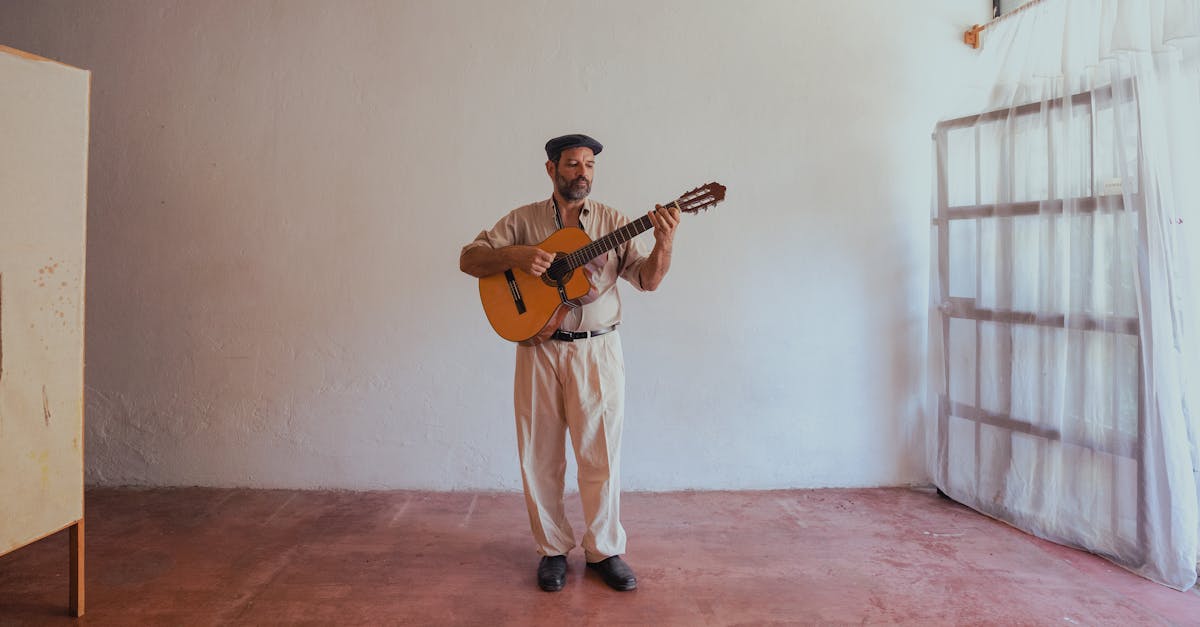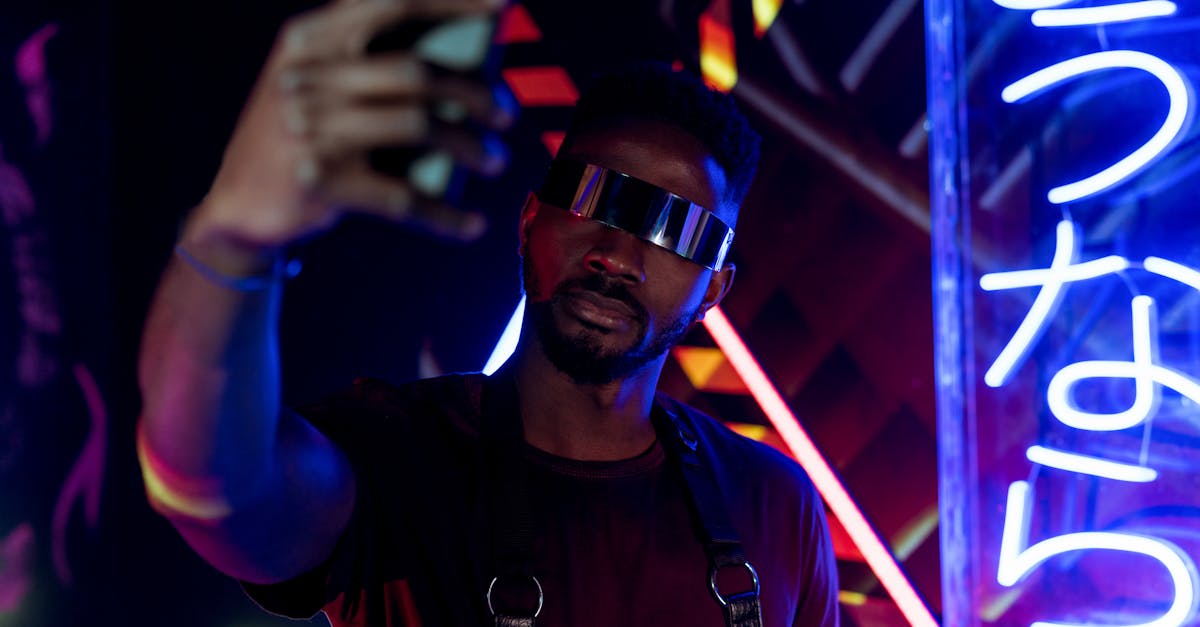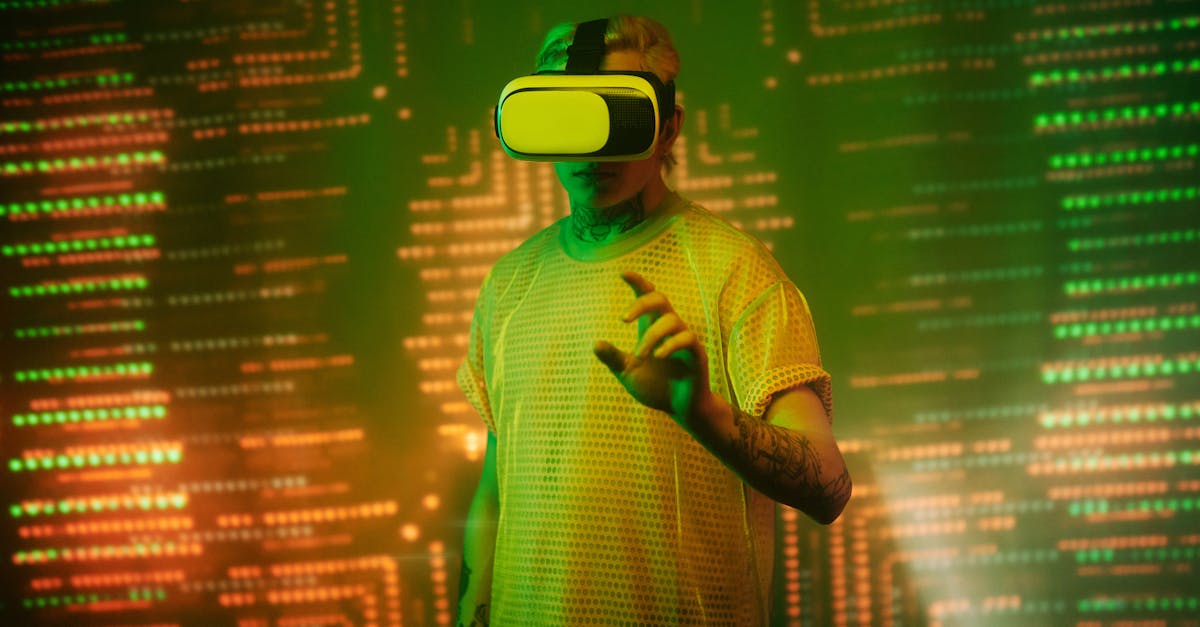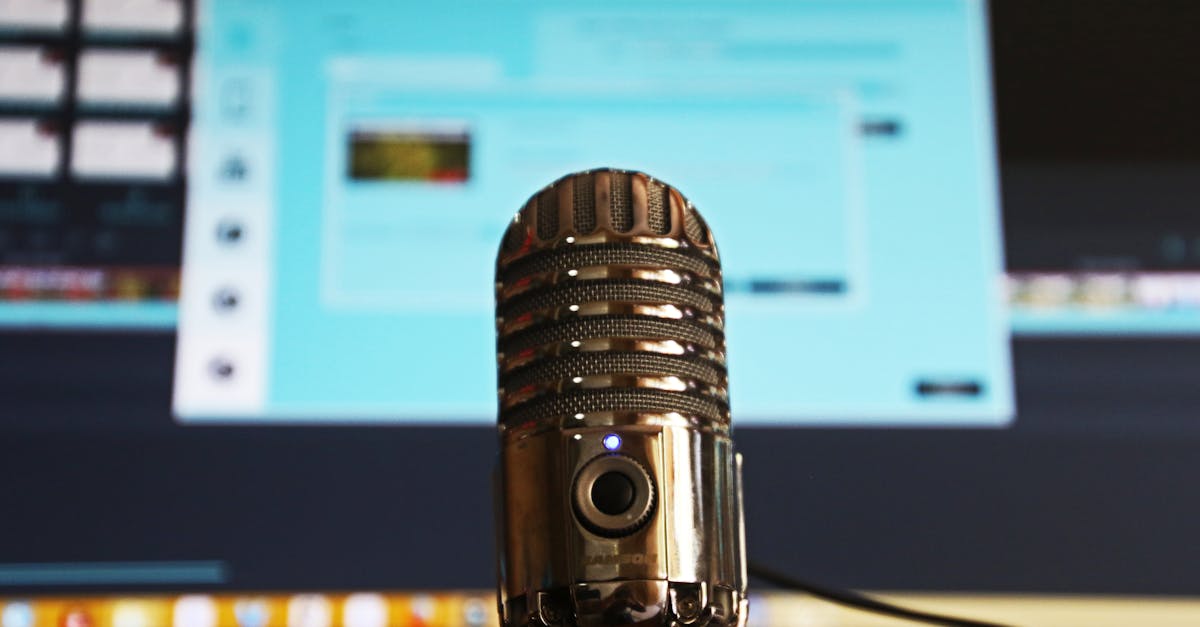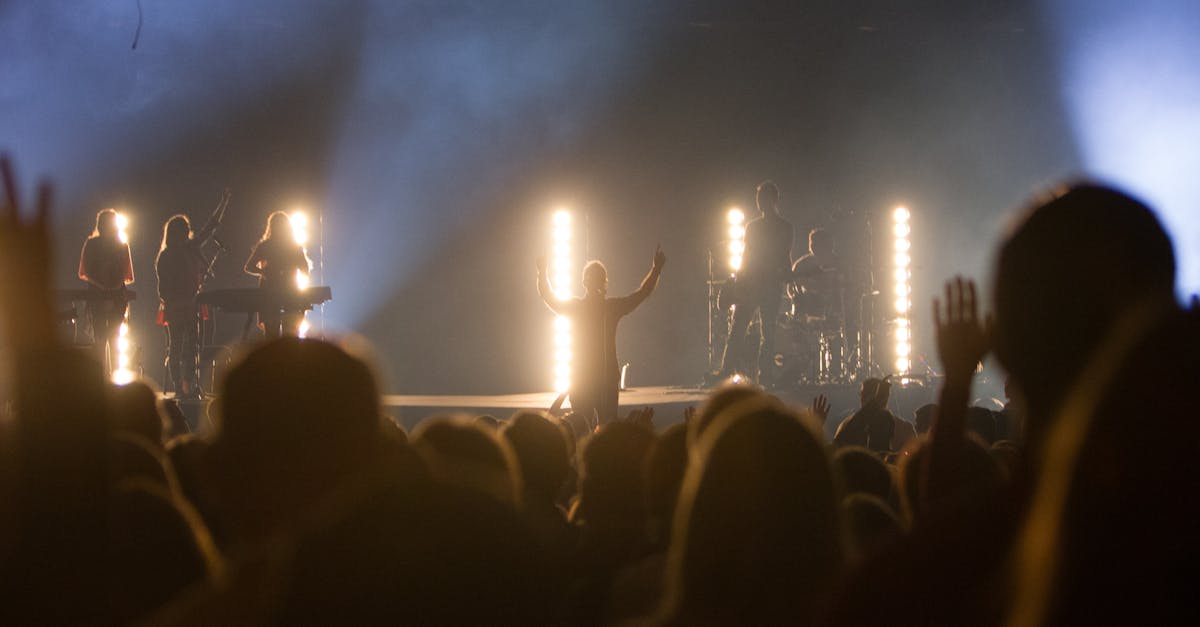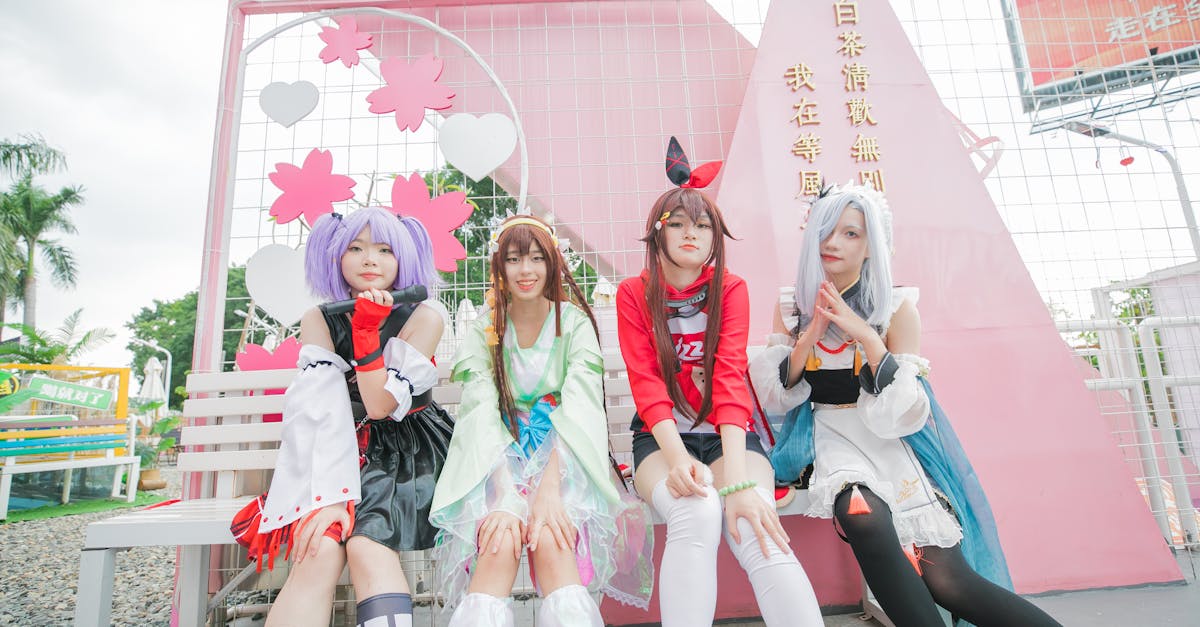The Future of Arts Entertainment
The Future of Arts Entertainment
The realm of arts entertainment is undergoing a radical transformation, driven by innovations in technology and creative thinking. With each passing day, new developments are blurring the lines between virtual and reality, opening venues for unprecedented artistic expression. From immersive virtual reality experiences to AI-generated art, the future promises a vibrant fusion of technology and the humanities. Central to these advancements is a commitment to interactivity, allowing audiences to engage with art on a personal level. As artists continue to embrace these technologies, they are challenged to redefine what it means to entertain and be entertained. This article will delve into how these futuristic innovations are reshaping entertainment across diverse disciplines.
Advertisement
Virtual Reality Transformations
Virtual Reality (VR) has ushered in a new era of art, whereby spectators do not just observe but immerse themselves in a 360-degree environment. Modern VR headsets allow users to experience art as if they are stepping inside a painting or film. This technology also enables artists to create experiences that react to a viewer's movements or choices, paving the way for narrative-driven art installations and live performances. Artists like Marina Abramović have already premiered VR artworks that push viewers to question their reality. This evolution is creating unprecedented opportunities for storytelling, enabling artists to explore complex narratives in novel ways.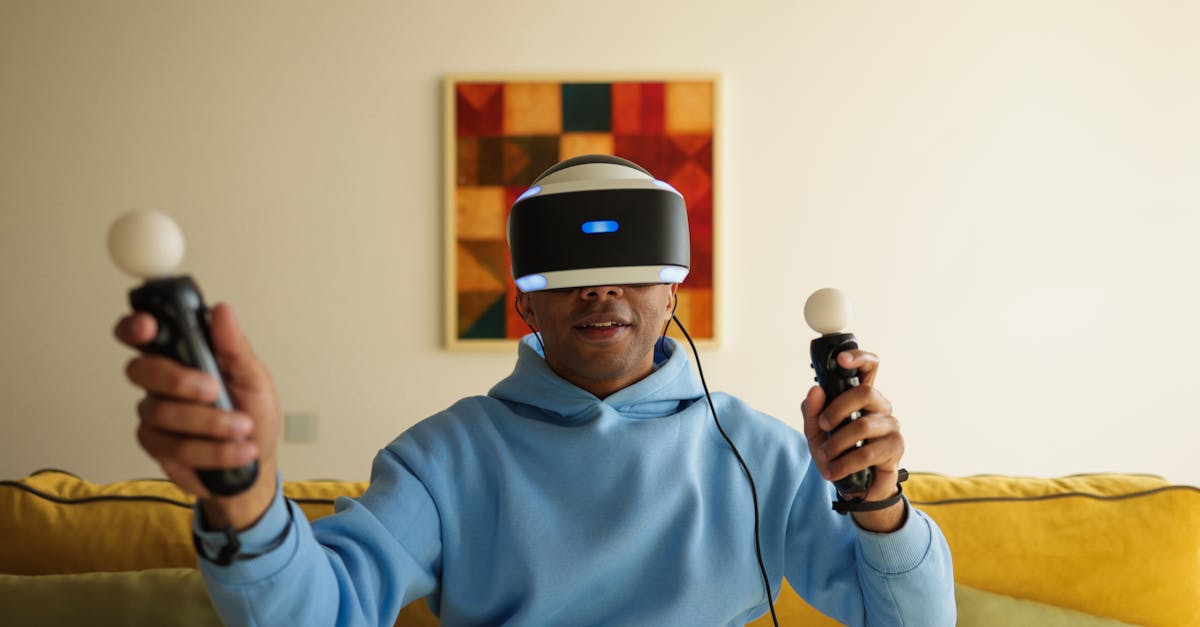
Advertisement
Artificial Intelligence as a Creator
Artificial Intelligence (AI) is not only transforming industries but has also made its mark in the art world as a creator. AI algorithms can now produce paintings, music, and even entire films by analyzing vast datasets of existing artworks. This has birthed a new genre known as 'AI Art,' where the distinction between human-made and machine-generated art becomes increasingly blurred. While some purists debate the authenticity of AI-generated art, many embrace it as a tool for artists to surpass their creative limits. AI collaborations are also flourishing, enabling artists to enhance their works with unique computational perspectives.
Advertisement
Blockchain Revolutionizing Art Ownership
The advent of Blockchain technology is revolutionizing how art is bought, sold, and owned, providing a secure way to own digital art via Non-Fungible Tokens (NFTs). These tokens authenticate ownership and provenance, offering artists a new revenue stream and ensuring that digital art is as scarce and valuable as physical works. What began with limited interest has quickly captivated collectors and creators alike, democratizing art ownership and participation in the art market. Enthusiasts assert that blockchain technology will redefine transactional transparency and trust within the industry.
Advertisement
Interactive Art and Audience Involvement
A significant trend in futuristic arts entertainment is the shift towards interactivity, where audiences become part of the artwork itself. Technologies like Augmented Reality (AR) allow users to interact with digital and physical art layers. Installations can respond to physical presence, transforming space into dynamic environments shaped by audience input. Interactive experiences heighten engagement and can evoke deeper emotional responses, creating a participatory culture that blurs the roles of observer and performer. Cities worldwide are embracing these experiences, making art accessible across new urban spaces and contexts.
Advertisement
Soundscapes and Augmented Audio
Augmented Audio represents an area of bustling creativity, with projects seeking to create immersive soundscapes tailored to individual listeners. These auditory experiences adapt to location, mood, or kinetic motion, providing a curated sound journey that enhances physical spaces and art exhibitions. This modality has significant potential in enhancing live performances, offering audiences bespoke auditory experiences previously unattainable. Artists and engineers are collaborating to explore these immersive auditory environments, exploring how these novel approaches to sound can unlock new dimensions of storytelling and emotional resonance.
Advertisement
The Rise of Holographic Displays
Holography, while not new, has seen recent resurgences in arts entertainment, fueled by advancements in projection and hyperrealistic displays. These 3D holographs offer new modes of storytelling, enabling artists to showcase ideas that appear lifelike and tangible. Iconic performances featuring virtual avatars, such as those honoring deceased musicians, have caught public imagination, highlighting holography's prowess in reviving icons and creating fresh experiences. Artists are devising formats that harness holographic displays to craft exhibitions and shows that defy conventional stage formats, exhilarating audiences with unparalleled realism.
Advertisement
Drones and the Dynamic Canvas
Once limited to military and hobbyist spheres, drones are now art tools, painting stunning images against the night sky. Drones imbue performance arts with awe-inspiring possibilities, creating choreographed light displays that extend far beyond human capability. These aerial displays are transforming outdoor festivals, providing a visual feast that is adaptable and engaging. Artists use drones as brushstrokes in an expansive new digital canvas, allowing for innovative forms of storytelling, often synchronized to music or themes, creating memorable spectacles that revolutionize the notion of traditional performances.
Advertisement
Sentient Storytelling with Wearables
Wearable technology is enabling artists to create sentient storytelling platforms where clothing and accessories interact with art installations or performances. These innovations are expanding the interaction horizons with data-driven accessories that understand and react to the wearer's context, biofeedback, or environment. Emerging works juxtapose fashion with art, science, and technology in quest of novel narratives. This synergy is opening doors to previously unimagined realms where the art becomes literally inseparable from the viewer, encapsulating them within a fabric of artistic expressions that are both tangible and dynamic.
Advertisement
The Convergence of Art and Technology
In conclusion, as technology continues to evolve, so will the artistic ventures it inspires, inviting artists to explore new mediums and unravel deeper narratives. The convergence of art and technology is reshaping how we perceive and participate in entertainment, cultivating an environment ripe for innovation and collaboration. As futuristic arts entertainment breaks new ground, it obliges us to reconsider the roles of artists, audiences, and machines, examining creativity from novel angles. Many stars of the art world embrace their digital counterparts, crafting a landscape where interdisciplinary art forms transcend traditional barriers. Ultimately, the journey into this technological frontier is an ongoing dialogue, celebrating the unpredictable union between humanity and the digital future.
Advertisement
